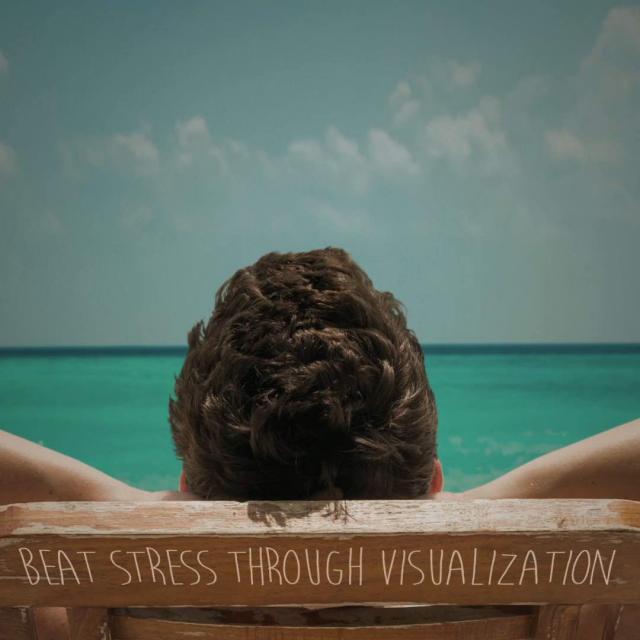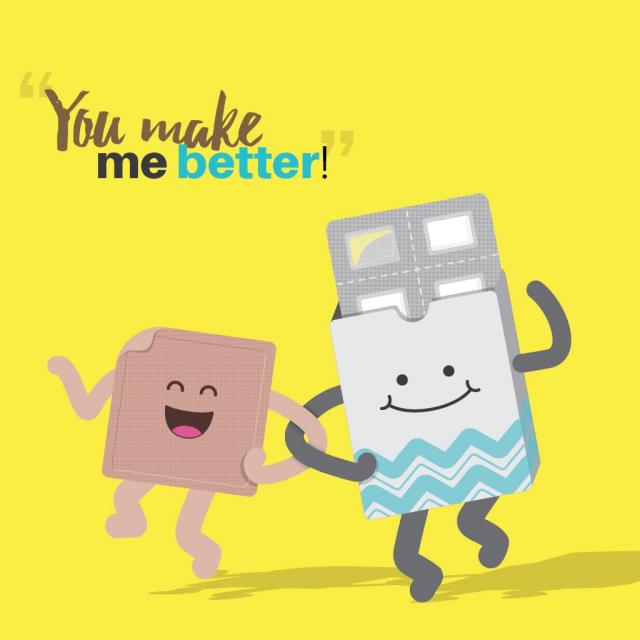Many people who quit using tobacco say it was the hardest thing they ever did. Yet millions of people have been able to do it—and you can, too.

Withdrawal
Nicotine in tobacco is addictive. When you quit, the level of nicotine drops in your body. Your body then wants more nicotine because of your addiction. Withdrawal is the way your body reacts to not having the nicotine it’s gotten used to. Withdrawal feels different for everyone.
Symptoms
- Intense cravings for nicotine
- Anxiety
- Depression
- Drowsiness or trouble sleeping
- Bad dreams or nightmares
- Feeling tense, restless, or frustrated
- Headaches
- Increased appetite and weight gain
- Problems concentrating
Symptoms can start within a few hours after your last cigarette, dip, chew, or vape.
You can learn ways to manage withdrawal, and there are medications that can reduce the symptoms in the early weeks and months after you quit.
Triggers
Triggers are “high risk” situations or cues that bring on the urge to use tobacco. There are four types—most people experience at least one of each.
- Emotional Triggers. Many people use tobacco when they have intense emotions. An emotional trigger reminds you how you felt when you may have used tobacco to try to enhance a good mood or escape a bad one— like when you were stressed, anxious, excited, bored, down, happy, lonely, satisfied, or cooling off after a fight.
- Pattern Triggers. A pattern trigger is an activity that you connect with using tobacco. Some examples include talking on the phone, drinking alcohol, watching TV, driving, finishing a meal, drinking coffee, taking a work break, after having sex, and before going to bed.
- Social Triggers. Social triggers are occasions that usually include other people who use tobacco, like going to a bar, going to a party or concert, seeing someone else use tobacco, or celebrating a big event.
- Withdrawal Triggers. If you’ve been using tobacco for a long time, your body is used to getting a regular dose of nicotine. These triggers could include craving the taste of a cigarette, dip or chew, a vape, or other tobacco products, smelling cigarette smoke or the aerosol from e-cigarettes, or needing to do something with your hands or mouth. Handling cigarettes or other tobacco products, lighters, and matches can also be withdrawal triggers.
Knowing your triggers helps you learn what causes cravings. And then you can make a plan to manage them.
Dealing With Triggers and Cravings
There are lots of ways for you to manage triggers and cravings.
Medications
Medications can reduce your withdrawal symptoms and double your chances of quitting for good. VA offers veterans all FDA-approved quit tobacco medications.
Nicotine Replacement Therapy (NRT)
Patches, gum, and lozenges are types of NRT. The patch is a long-acting form of NRT that releases a small, steady amount of nicotine through the skin. This helps satisfy your craving for nicotine. Gum and lozenges are a short-acting form of NRT. They release a small amount of nicotine into the lining of your mouth.
You can use combination NRT—a long-acting form and a short-acting form—to fight cravings. Use our NRT explorer to learn more about these products and how to combine them. You can get NRT from your VA health care provider or from your local pharmacy without a prescription.
Bupropion SR
This medication doesn’t contain nicotine. You do need a prescription to get it. It can help with withdrawal. And you can combine these pills with NRT for better results.
Varenicline
This medication doesn’t contain nicotine. You do need a prescription to get it. It can help with withdrawal and helps block the effects of nicotine if you start using tobacco again. Varenicline is not used in combination with any other medication.
VA patient medication guides describe how to use quit tobacco medications.
You can use medications and other strategies to deal with triggers and cravings. In fact, taking a combination approach helps boost your chances of success. Take a look at some examples of physical things you can do to manage withdrawal.
Exercise
Get active! Exercise is another solid tool for managing both cravings and stress. Even 10 minutes of activity can go a long way toward helping you manage cravings and stress.
Avoid Trigger Locations
For the first few weeks after you quit tobacco, you may find it helpful to avoid places that trigger strong cravings. Go to places that don’t allow smoking, vaping, or other tobacco use—like shops, movie theaters, restaurants, and ballparks.
Make a Substitution
Replace tobacco use with a substitute behavior.
Try this:
- Chew gum, eat sugarless candy, or suck on a cinnamon stick.
- Take up activities that keep your hands busy, like squeezing a handball, doing bead work or needle work, or handling a silver dollar or “worry stone” that you keep in your pocket.
- Go for a walk, a bike ride, or a swim, or do other exercises that distract you from using tobacco.
Dealing with Stress and Emotions
You can’t just get up and walk away from a trigger, but there are still many things you can do.
Try this:
- Listen to calming music.
- Take a mini vacation. Imagine you are in a place that you like to go to where you feel calm and safe. For some people, it is by the beach or in the mountains. Or it might be sitting on your own porch. Slow down your breathing and imagine what it would be like to be there: what you would see, hear, smell. Allow yourself to be there for 10 minutes or more.
- Practice what you already do! In today’s world, you will find yourself in many places where smoking, vaping, or other tobacco use is not allowed, such as restaurants, churches, ballparks, and movie theaters. What do you do to keep yourself from smoking or using tobacco there? If you stop to think about it, you probably have many skills already, and you can use them when cravings come up.
Find more ways to manage stress and emotions without using tobacco.
What If You Smoke or Dip?
Quitting is tough. And many people may smoke or dip once or twice along the way to stopping completely. That’s a common part of quitting. If you smoked or dipped again, it could be harder for you to stay tobacco-free.
You can learn from a one-time recurrence of tobacco use. It's just a temporary setback. You have not failed, and you’re not back to square one. It is not an excuse to return to regular use.
Prepare yourself to recover from a one-time use and avoid returning to regular tobacco use. Counselors at 1-855-QUIT-VET can help you make a plan.
Need support? Get help on your quit journey.









